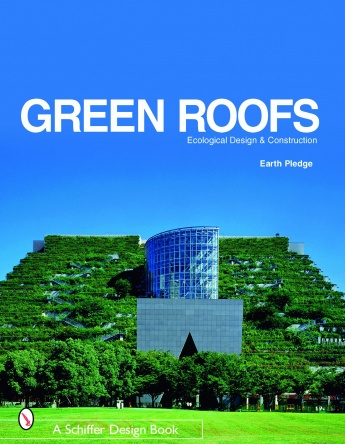BWAF Hosted Twelfth Industry Leaders Roundtable

Seeking to achieve greater representation of women in such fields as architecture, engineering and construction, the Beverly Willis Architecture Foundation (BWAF) hosted their Industry Leaders Roundtable, from March 24 to 25, at a venue near Dupont Circle in Washington, D.C.
Bringing together dynamic architects and thought-leaders from varied fields, the summit highlighted how the full integration of women into the workplace produces firm-wide benefits, including expanded markets, improved recruitment, and retention of key talent. The speakers shared research, information, and action-oriented programs for design, architecture, human resources, academic, and other professional attendees. Takeaways included targeted plans to advance cultural change for a widening representation of women in the AEC industries, at all levels.
Among the 12th annual event’s forward-thinking panelists in psychology, sociology, law, architecture, and engineering were keynote speaker Stephanie Duncan of Stonebridge Associates, along with session moderators and panelists Bolanle Williams-Olley of Mancini Duffy, Angelica Baccon of SHoP Architects, Julie Kantor, PhD, PJ Kantor Consulting, among others.
"The Industry Leaders Roundtable program is designed to encourage firms and their representatives to undertake institutional change within their organizations, by providing them research, tools, and support to be change agents," according to Beverly Willis Architecture Foundation's executive director Cynthia Phifer Kracauer, AIA.
With the new theme in this, the summit's 11the year, of "Flexibility: Chaos, Change, Opportunity," the Industry Leaders Roundtable brought together thought leaders in organizational psychology, sociology, law, architecture and engineering to change culture by providing research, information and action-oriented programs to achieve greater representation of women in the AEC industries.
Attendees to the annual conference included principals in architecture, engineering, and construction (AEC); directors of human resources in the AEC industries; attorneys in related fields; academic leaders in business management, architecture, planning, and engineering; and leading people and NGOs promoting women in related fields.
Looking for a reprint of this article?
From high-res PDFs to custom plaques, order your copy today!







